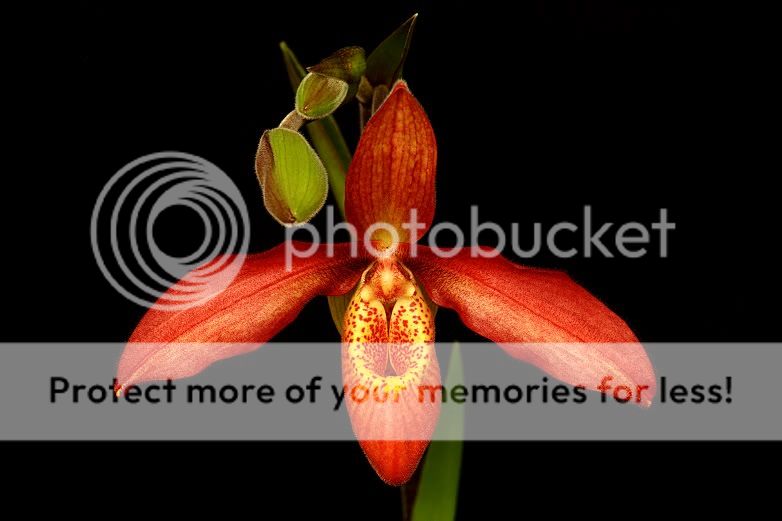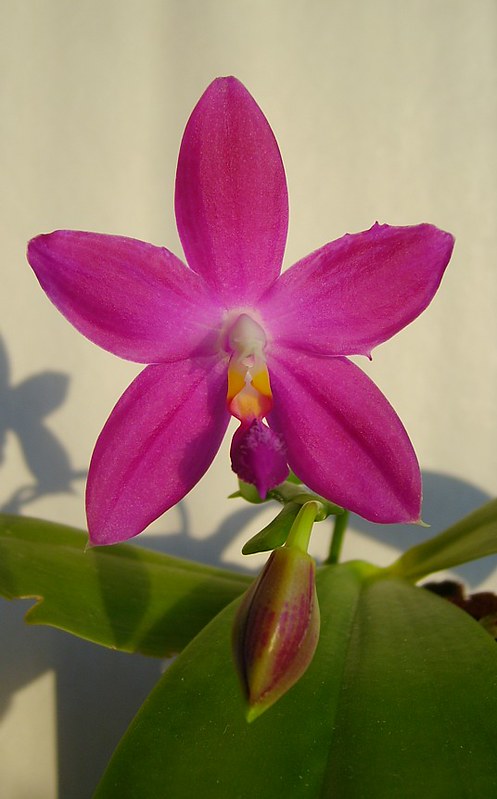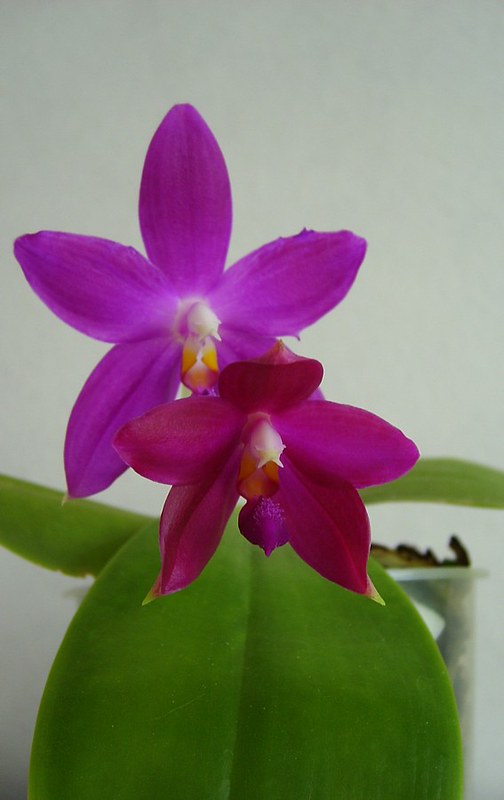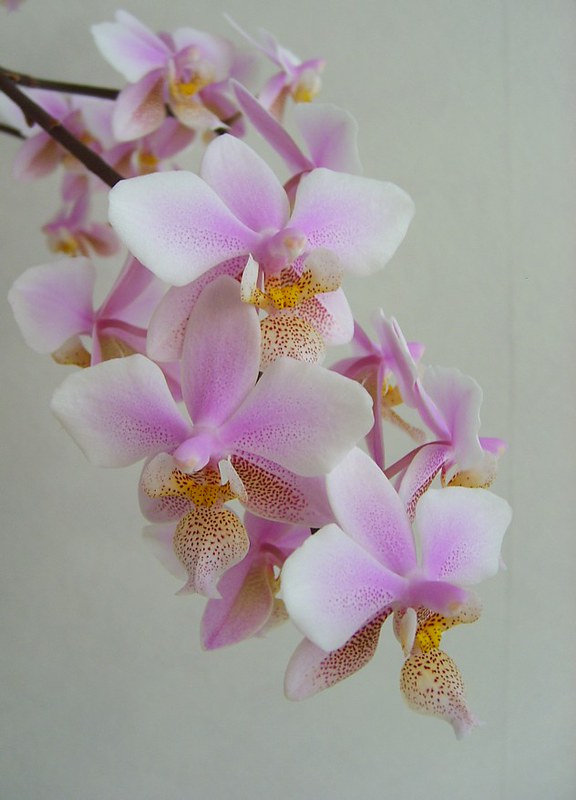The Orchid Boy
Well-Known Member
I have many orchids with beautiful blooms but the picture I take "don't do them justice", especially of a red/crimson potinara I have. Any tips for taking pictures inside? I've taken photography classes and have a nice camera. I take really nice pictures of landscapes, flowers, animals, people, ect. outside. I really like the pictures where the background is all black and they cover the stem w/ black. I know a lot of people on here are good orchid photographers, so what's your advice everyone?









